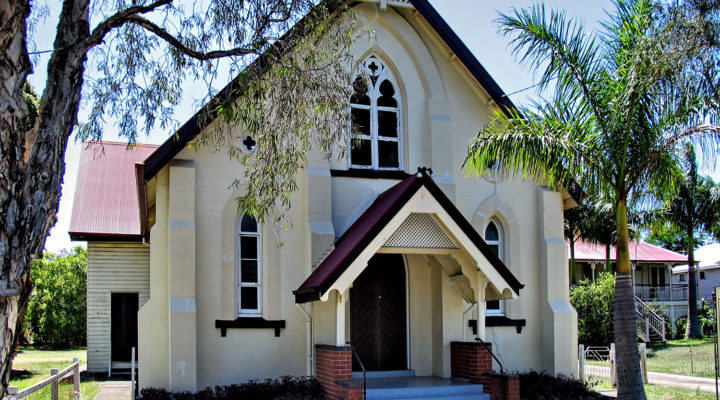It isn’t easy being a small church. Their pastors and members know it all too well.
They are usually under-resourced — fewer members often means fewer dollars, fewer teachers and lay leaders, fewer books, workshops and experts focused to overcoming their challenges.
Congregations of less than 250 members — which includes 80 to 85 percent of American churches — are often overlooked by seekers and even by their own associations and denominations.
And, thanks to an increasingly irreligious culture, experts say it’s becoming even tougher for small congregations to grow, find their niche and even survive. With fewer believers and seekers to go around, small churches are losing out to those big, shiny megachurches popping up in every American city.

Bill Wilson
“Megachurches are primarily growing by cannibalizing small churches that cannot compete with the programs and resources and quality of music” of the larger congregations, says Bill Wilson, founder of the Center for Healthy Churches, a consulting and coaching ministry based in Nashville, Tenn.
Small churches more nimble
But Wilson and others say there is a lot more to the small-church story than many see and hear. Even Christianity Today blogger Karl Vaters recently declared that there is a lot the leaders of big congregations can learn from small churches.
“Small does not automatically mean broken,” Vaters observed in the Oct. 19 blog. On the contrary, smaller memberships translate into many strengths, capabilities and capacities that larger churches often lack.
For one thing, it’s often easier to get things done for churches with smaller memberships, said Laura Stephens-Reed, a clergy coach and congregational consultant based in Tuscaloosa, Ala.

Laura Stephens-Reed
“A small church can be a lot more nimble than a large church,” she said. “They can act more quickly and more easily without having to go through multiple committees.”
Another strength of the small church — community — is already mimicked by megachurches and other large congregations, she said.
They do this through small group ministries or house churches, which seek to unite smaller groups of members around causes or age-groups.
“Once you reach a certain size, you’re essentially an umbrella for a bunch of smaller churches,” she said.
No vacant stares and waves
Smaller churches that avoid the temptation to isolate can be very attractive to seekers — especially Millennials, said Eddie Hammett, a congregational consultant and president of Transforming Solutions in North Carolina.

Eddie Hammett
“If the church wants to grow it has to learn to do small because people want community, pastoral care and friends” in their congregations, Hammett said. “In churches of 1,200 or 4,000, you don’t get that personalization.”
Younger generations are the future of small churches — if those congregations are welcoming of that diversity, he said.
“They have a great future because Millennials want community.”
Wilson said he’s come across many small churches that are closed off and appear out of touch and defensive.
“They cocoon themselves away from culture and just take care of each other,” Wilson said. “That’s the worst case scenario.”
But he’s also encountered many who resist that temptation.
“They fight it hard,” he said.
As a result, they are places of vibrant ministry — inside and outside the four walls — where authentic relationships occur.
“They have built-in community where people know each other and don’t share vacant waves and stares.”


